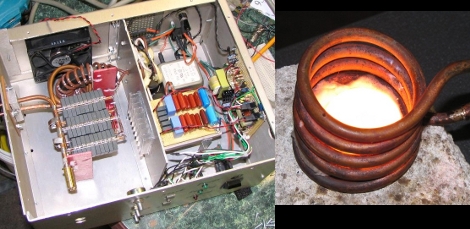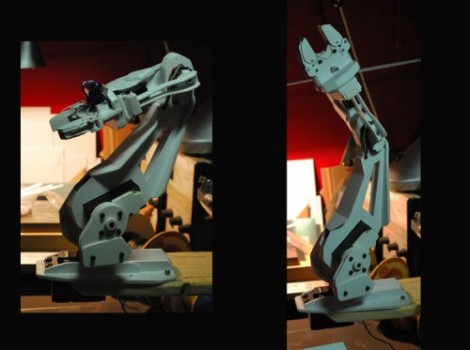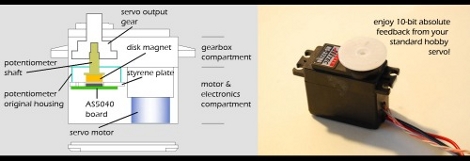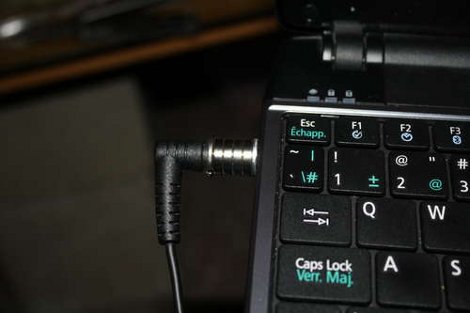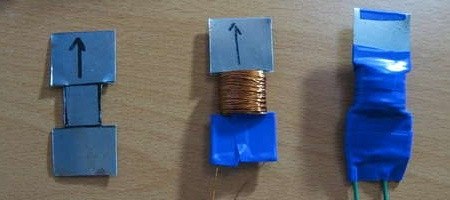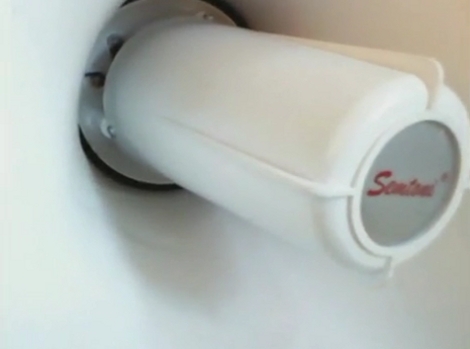
[Erich] rethought the use of a megaphone and ended up with this Mega-Tape-O-Phone. His first move was to ditch the megaphone’s amplifying circuitry in order to add his own based on an LM386 chip. From there a radio receiver joined the party followed by the guts of a tape player. He relocated the head of the tape deck to the end of a flexible cable and coated the outside of the megaphone bell with magnetic tape. Now he’s surfing the airwaves and scratching away happily.
The use of the tape head has been seen here before, but it was never in a mobile package like this is. Join us after the break for some video of this in action.

